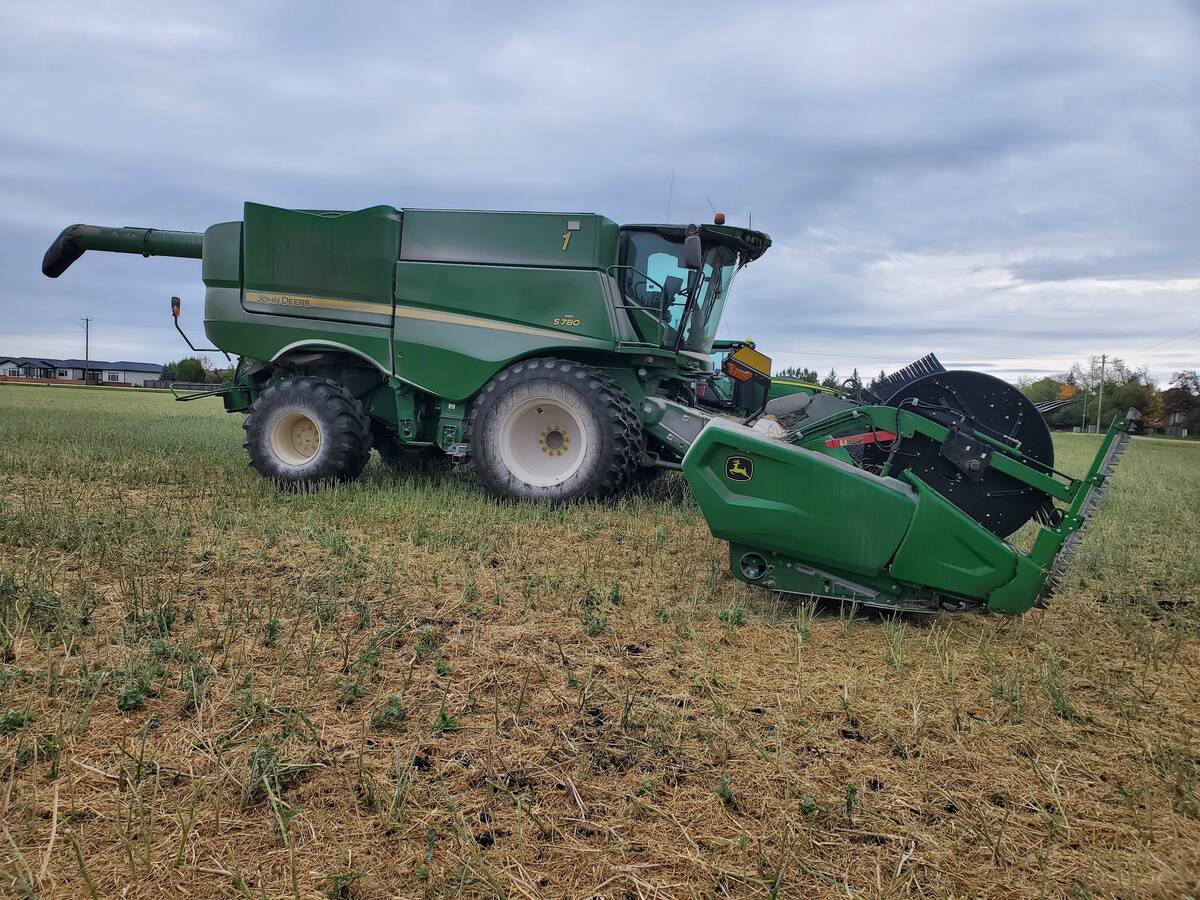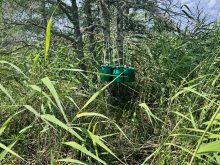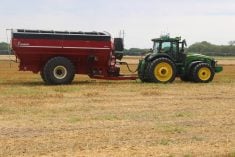The Western Canadian Wheat Growers Association celebrated World Pasta Day last week by criticizing the Canadian Wheat Board for preventing the pasta industry from developing.
“The CWB monopoly continues to be the single biggest impediment to pasta processing in Western Canada,” the association said in a news release issued on World Pasta Day Oct. 25.
The wheat growers cite a number of things to back up the criticism:
• While Canada is the world’s largest exporter of durum, it is a net importer of pasta, with a trade deficit increasing from $67.1 million in 2005 to $223.2 million in 2009.
Read Also

Powdery mildew can be combine fire risk
Dust from powdery mildew can cause fires in combines.
• There are five commercial pasta plants operating in North Dakota, compared with just one in Canada’s three prairie provinces and the Peace River region.
• In the past two years, the CWB has failed to call for delivery of all the durum grown by producers (52 percent in 2009-10).
The association says the CWB’s single desk marketing system is to blame.
“Western Canadian farmers can only look longingly at our neighbours to the south, who enjoy ready access to durum mills and pasta plants on their doorstep,” said association vice-president Stephen Vandervalk of Alberta.
Not surprisingly, the CWB has a different take.
Jim Thompson, marketing manager for North America, said the wheat growers’ argument is an “incredible over-simplification” of the situation.
For example, there may be five pasta plants in North Dakota but at least four of them were built with the assistance of direct government subsidies, tax breaks, depreciation allowances and other incentives.
That’s unlikely to be replicated in Western Canada.
Thompson added that without subsidies, the location of flour mills and pasta plants is determined by the demand, not the marketing system.
That’s why the Canadian industry is located in Eastern Canada, in population centres like Toronto ad Montreal.
“The marketing system could change tomorrow, but the demand wouldn’t change by one kernel,” he said. “It’s ludicrous.”
As for the trade deficit in pasta, Thompson acknowledged the association’s figures are correct but expressed surprise it used dollars, rather than volume, to describe the deficit. That can be misleading, he said, given fluctuations in currency values and durum prices.
He also questioned why the statistics don’t include semolina (durum flour). Last year, Canada exported 30,000 tonnes of semolina worth about $25 million, but that’s not accounted for.
Thompson also rejected the wheat growers’ unfavourable comparison of durum processing with canola processing.
“It’s very unfair,” he said. “They are two completely different products, operating in two completely different markets with totally different economics at play.”
Balance of trade in pasta
Exports, imports and net deficit are listed in
millions of Canadian dollars:
•2005: exports, 166.1, imports 233.1, net deficit 67.
•2006: exports 156.8, imports 267.9, net deficit 111.1.
•2007: exports 150.9, imports 292.5, net deficit 141.6.
•2008: exports 153.3, imports 342.1, net deficit 188.8.
•2009: exports 162.9, imports 386.1, net deficit 223.2.
















